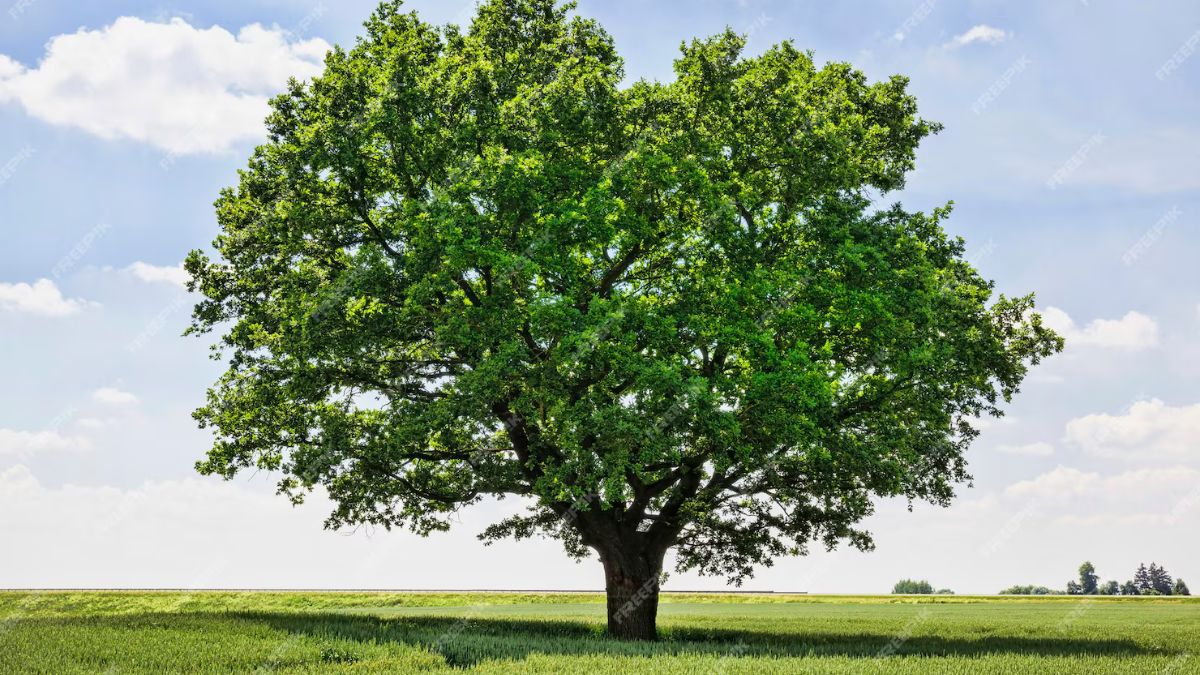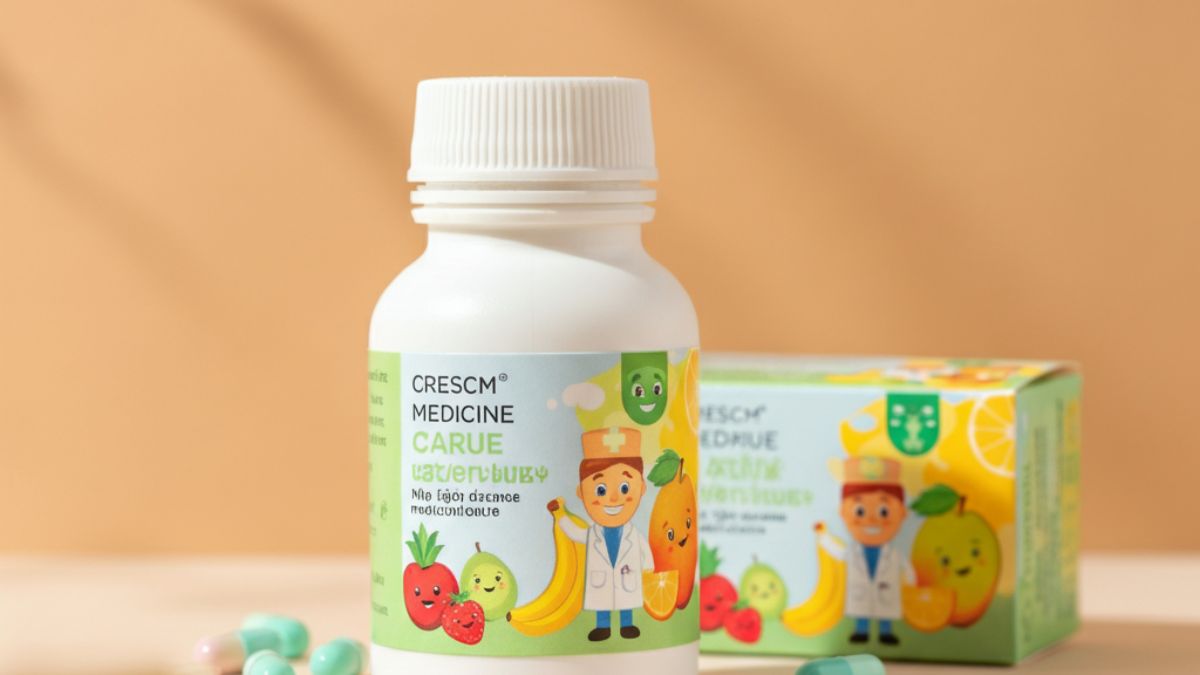Have you ever wandered through a garden and marveled at the vibrant fruits hanging from trees? Beyond their delicious flavors, many of these fruits possess remarkable healing properties. Today, we delve into the fascinating world of fruit tree that offer more than just nourishment for your taste buds. Imagine plucking a piece of nature’s pharmacy right off the branch!
From ancient remedies to modern herbal practices, certain fruit trees have been revered for their medicinal benefits across cultures and generations. Join us as we explore which fruit tree holds the title for having the most medicinal properties. Whether you’re a health enthusiast or just curious about natural remedies, this journey promises to enlighten you on how these incredible plants can enhance our well-being in powerful ways. Are you ready to discover nature’s hidden treasures? Let’s dive in!
Exploring the Fruit Tree with Most Medicinal Properties
The quest for the fruit tree with the most medicinal properties often leads us to fascinating discoveries. While many trees offer health benefits, one stands out prominently: the moringa tree. Known as the “miracle tree,” moringa leaves and pods are packed with nutrients and bioactive compounds that can boost overall health.
Moringa is celebrated for its anti-inflammatory, antioxidant, and antimicrobial qualities. People use it to combat various ailments ranging from digestive issues to respiratory conditions. Its versatility makes it a popular choice in both traditional medicine and modern dietary supplements.
Another contender worth mentioning is the baobab tree. Often referred to as a superfruit, baobab’s pulp contains high levels of vitamin C, fiber, and essential minerals. It’s been linked to improved immune function and digestive health.
Exploring these trees reveals how nature offers solutions for wellness right at our fingertips. Whether through teas or powders, integrating these fruits into daily routines can enhance vitality naturally.
10 Medicinal Trees that Heal Virtually Everything
Nature has gifted us with a myriad of trees that offer impressive medicinal properties. Among them, the neem tree stands out for its antibacterial and antifungal capabilities, making it a staple in traditional medicine. Its leaves have been used to treat various ailments from skin infections to fevers.
The moringa tree is another powerhouse, often dubbed the “miracle tree.” Packed with vitamins and antioxidants, its leaves can help combat malnutrition while also offering anti-inflammatory benefits.
Then there’s the revered ginkgo biloba, known for boosting memory and cognitive function. This ancient tree’s extracts are widely used in supplements aimed at improving brain health.
Consider the ashwagandha plant—an adaptogen that helps manage stress levels and boosts overall vitality. With each of these trees contributing unique healing properties, they showcase nature’s role in holistic health solutions across cultures.
The Healing Powers of Plants
Plants have been revered for centuries, not just for their beauty, but also for their healing properties. Many cultures recognize the power of flora to treat ailments and promote wellness. This connection between plants and health is deeply rooted in human history.
Medicinal plants offer a natural alternative to pharmaceuticals. They provide an array of compounds that can boost immunity, reduce inflammation, and heal wounds. The substances found in these plants work wonders at both cellular and systemic levels.
The allure lies in their versatility; different parts—leaves, roots, fruits—can all hold unique benefits. Each plant has its own profile of phytochemicals that contribute to overall health.
As more people turn towards holistic practices, the interest in these healing powers grows stronger. Exploring the medicinal potential of fruit trees could unveil new avenues for sustainable healthcare solutions while reconnecting us with nature’s gifts.
Spring Tree Medicine: Willow, Wild Cherry, Sweet Birch, Sugar Maple & Alder
Spring brings a burst of life, and with it, the healing potential of various trees. Willow is renowned for its bark, which contains salicin—a natural compound similar to aspirin. This makes willow an excellent remedy for pain relief and inflammation.
Wild cherry is another remarkable tree in springtime medicine. Its bark offers soothing properties that can help alleviate coughs and respiratory issues. The blossoms also provide beauty as well as benefits for overall health.
Sweet birch is often overlooked but holds significant medicinal value too. The sap from this tree can be tapped in early spring and serves as a tonifying tonic rich in vitamins and minerals—a great boost for your immune system.
Alder may not be the first tree you think of, but its inner bark possesses anti-inflammatory properties. It has been traditionally used to treat skin ailments and promote wound healing—showing us that each spring’s bloom carries more than just aesthetic charm.
Vangueria madagascariensis Fruit Tree: Nutritional, Phytochemical, Pharmacological, and Primary Health Care Applications as Herbal Medicine
Vangueria madagascariensis, commonly known as the Malagasy plum or voanjobory, is a remarkable fruit tree renowned for its medicinal potential. This tropical gem produces fruits rich in vitamins and minerals that contribute to overall health. The vibrant flesh is packed with nutrients that can bolster your immune system.
Phytochemicals found in Vangueria madagascariensis play a crucial role in traditional medicine. These compounds exhibit anti-inflammatory and antioxidant properties, making them valuable for treating various ailments. Local communities have long utilized this tree’s bark and leaves for their therapeutic effects.
Pharmacological studies confirm its efficacy against certain diseases, demonstrating the plant’s ability to combat infections and improve metabolic processes. This makes it an essential part of herbal remedy formulations.
In primary health care applications, Vangueria madagascariensis serves as a natural remedy for digestive issues and skin conditions. Its widespread use highlights the tree’s integral role within traditional healing practices across Madagascar and beyond.
Baobab: A Super Fruit?
The baobab tree is often dubbed the “Tree of Life.” Its fruit is a powerhouse of nutrients. Known for its unique flavor, which combines citrus and pear notes, it has become popular in health circles.
Baobab fruit boasts an impressive vitamin C content. Just one serving can provide more than double your daily requirement. This nutrient plays a crucial role in boosting immunity and promoting skin health.
Beyond vitamins, baobab also contains antioxidants. These compounds help fight free radicals in the body, potentially reducing inflammation and lowering disease risk. Adding this superfruit to your diet may support overall wellness.
Moreover, navigating through culinary uses reveals endless possibilities with baobab powder or pulp. From smoothies to baking ingredients, incorporating this fruit creates not just nutritious but delicious meals that energize you throughout the day.
Blighia sapida: A Tropical Fruit With Antimicrobial Properties
Blighia sapida, commonly known as the ackee fruit, is not just a tropical delight; it also boasts impressive antimicrobial properties. Native to West Africa and widely embraced in Caribbean cuisine, this unique fruit has caught the attention of health enthusiasts around the world.
The flesh of Blighia sapida is rich in essential fatty acids and vitamins A and C. These nutrients contribute to its potential role in supporting immune function. Preliminary studies suggest that extracts from this fruit may inhibit bacterial growth, making it a promising ally against infections.
Beyond its nutritional profile, Blighia sapida serves as an excellent example of how nature provides us with potent remedies. It highlights the importance of exploring traditional foods for their medicinal benefits. As we continue to search for natural solutions to health issues, fruits like Blighia sapida remind us that some of the best medicine grows right on our trees.
With so many options available among fruit trees possessing medicinal properties, integrating them into our diets can pave the way for healthier living while appreciating nature’s gifts.










